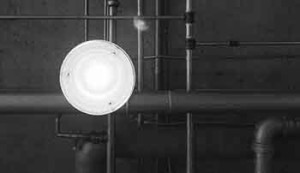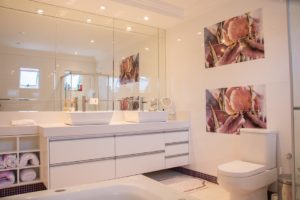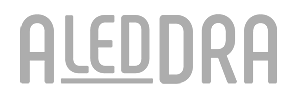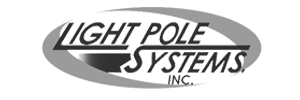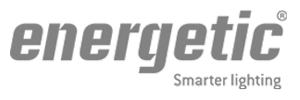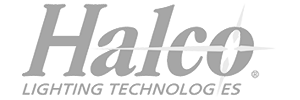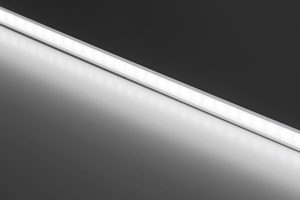 LED light bulbs are a relatively recent advancement in lighting technology that have found their way into many Scottsdale homes, offices, and public spaces. LEDs are a hit because of their functionality, cost efficiency, and eco-friendly nature. But that’s not all. The flexibility of LED lighting means that there are several less common, but just as useful applications for LEDs.
LED light bulbs are a relatively recent advancement in lighting technology that have found their way into many Scottsdale homes, offices, and public spaces. LEDs are a hit because of their functionality, cost efficiency, and eco-friendly nature. But that’s not all. The flexibility of LED lighting means that there are several less common, but just as useful applications for LEDs.
Below are a few interesting ways LED’s are currently being used.
1. Color Therapy
According to psychology, light and color have significant effects on our mood and behavior. These effects have been extensively studied, and we now know the impact each color can have on us.
For example, cool colors like green and blue produce calming effects, whereas warmer colors like red stimulate action and even appetite.
What’s great about LED light bulbs is that they come in wide variety of color’s, which are configurable, to boot. This gives you an unprecedented control over the mood of your space and allows for more relaxing rooms and more productive offices spaces. Ambience is only restricted by the color limitations of your light source, and with LED light bulbs, you’ll be hard pressed to find any.
2. Artificial Skylight
Natural sunlight is important in designing spaces due to its aesthetic appeal and health benefits. But, when it’s just too expensive or physically impossible, LED light bulbs can be used to just as adequately create the look and feel of natural sunlight. In fact, they can even simulate sunlight at different times of day with an accuracy that fools many people.
3. LED Tape Lights
One remarkable feature of LED light bulbs is that they can come in sizes older bulb types don’t – and can’t. LED lights can be as small as a quarter of an inch across, and, because of this, can be lined up on a conductive “tape” that can be placed just about anywhere.
LED “tape lights” are remarkably useful and adaptable since they produce seamless lighting, which explains why they are extremely popular for interior design purposes. They are often used to illuminate steps, as well as space underneath cabinets and counters.
4. Indoor Gardening
In an age of compact apartments and sky-high condominiums, gardening has managed to find its way from large plots of land to the inside the walls of many homes and businesses. Gardening indoors, however, requires an additional source of light, since plants need the same amount of light, regardless of where they’re grown.
Windows alone can’t provide for the needs of indoor plants. While other bulb types can be effective substitutes for sunlight, they don’t quite compare to an LED bulbs ability to more accurately simulate the color of natural sunlight, which creates more optimal growing conditions. They also emit less heat and are cheaper to maintain in the long run.
As LEDs continue to evolve, only time will tell where the humble light bulb ends up in the future. We’re already seeing “smart” LEDs that can be controlled over Wi-FI networks, so we think it’s safe to assume that the sky is the limit in terms of where things are headed next.


 Apartment Lighting
Apartment Lighting Area Lighting
Area Lighting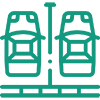 Automotive Lighting
Automotive Lighting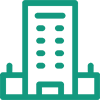 Building Wall Pack Lighting
Building Wall Pack Lighting Canopy Lighting
Canopy Lighting High & Low Bay Lighting
High & Low Bay Lighting Industrial Lighting
Industrial Lighting Parking Lots & Garages
Parking Lots & Garages Pathway Lighting
Pathway Lighting Retail Lighting
Retail Lighting Stairwell Lighting
Stairwell Lighting
